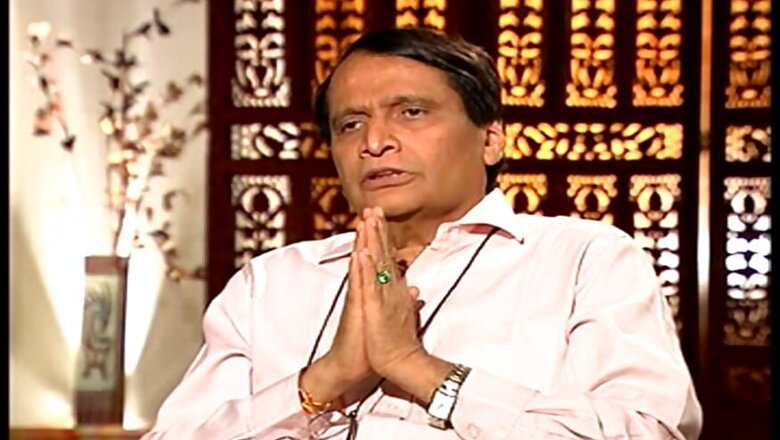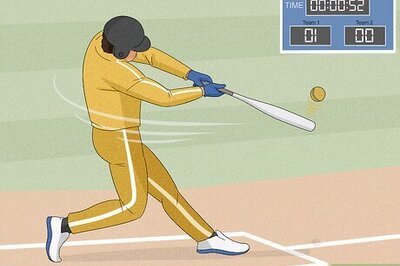
views
The Commerce Ministry is not only responsible for implementing and promoting foreign trade policy, but also takes the lead in trade negotiations and formulates industrial policy. Suresh Prabhu, who was assigned this crucial ministry in Sunday's Cabinet reshuffle, will have to face these challenges on a priority basis.
Exports: Prabhu will have to work out a strategy to improve export performance, which has decreased in the past couple of years. India's exports have declined for three consecutive years: 2013-14 (Rs 19.05 lakh crore), 2014-15 (18.96 lakh crore), 2015-16 (17.61 lakh crore). There are some things which the Commerce Ministry can do absolutely nothing about like global trade conditions and the strength of the Indian currency. But Prabhu will have to do whatever is within his control to give a push to exports.
Trade negotiations: India is currently negotiating one of the largest free trade deals in the world with China, Japan, South Korea, ASEAN and Australia and New Zealand. Negotiations at the Regional Comprehensive Economic Partnership (RCEP) are poised at a delicate stage, with India virtually isolated over its demand on market access to services.
Plus, the elephant in the room is China. Prabhu will have to tread carefully and take into account the political and economic repercussions. Plus, with the US under President Trump having turned hostile towards free trade, Prabhu will have another tough set of negotiations at the WTO. And, there are bilateral FTAs that India is negotiating with Canada, the European Union and Australia.
Foreign investment: One of the few positives, FDI inflows touched a record $60 billion. How much of this is long-term investment and how much short term "hot money" is still unclear. But Prabhu will have to work with the PMO and other ministries to make India an attractive investment destination. Manufacturing will have to receive a big boost to attract stable investment. The Foreign Trade Policy is up for review and Prabhu will have to come up with a policy that boosts trade and manufacturing.
Trade Balance: The good news is that the trade balance has been shrinking. The difference between exports and imports, India's trade balance has always been negative, which means the country imports a lot more than it exports, draining valuable forex reserves and causing the rupee to depreciate. Gold imports form a large, and some economists would say useless, chunk of total imports, given India's love for the yellow metal. Prabhu will have to keep a close watch on the trade balance and gold imports.


















Comments
0 comment